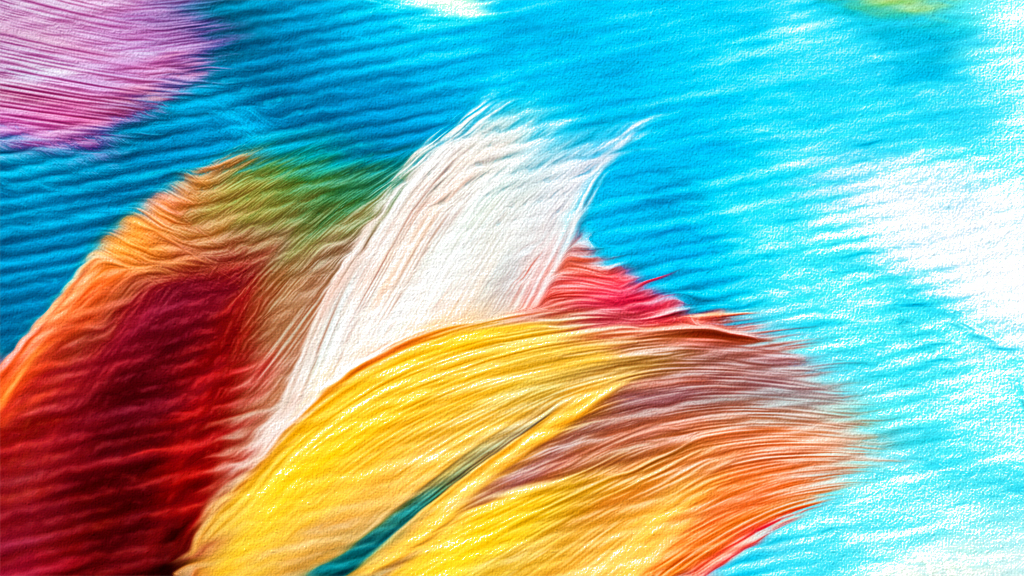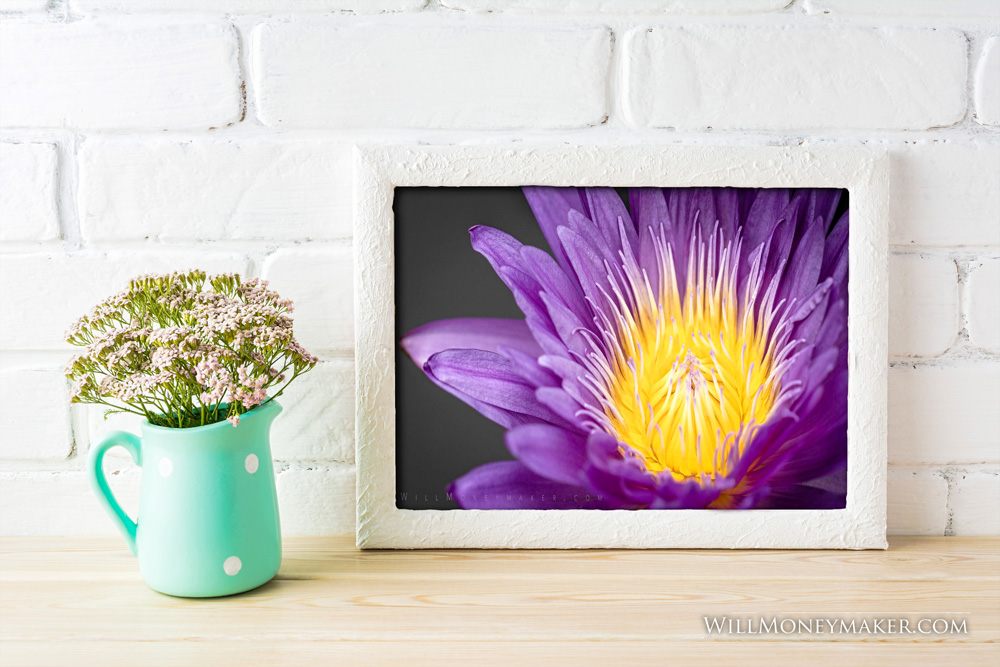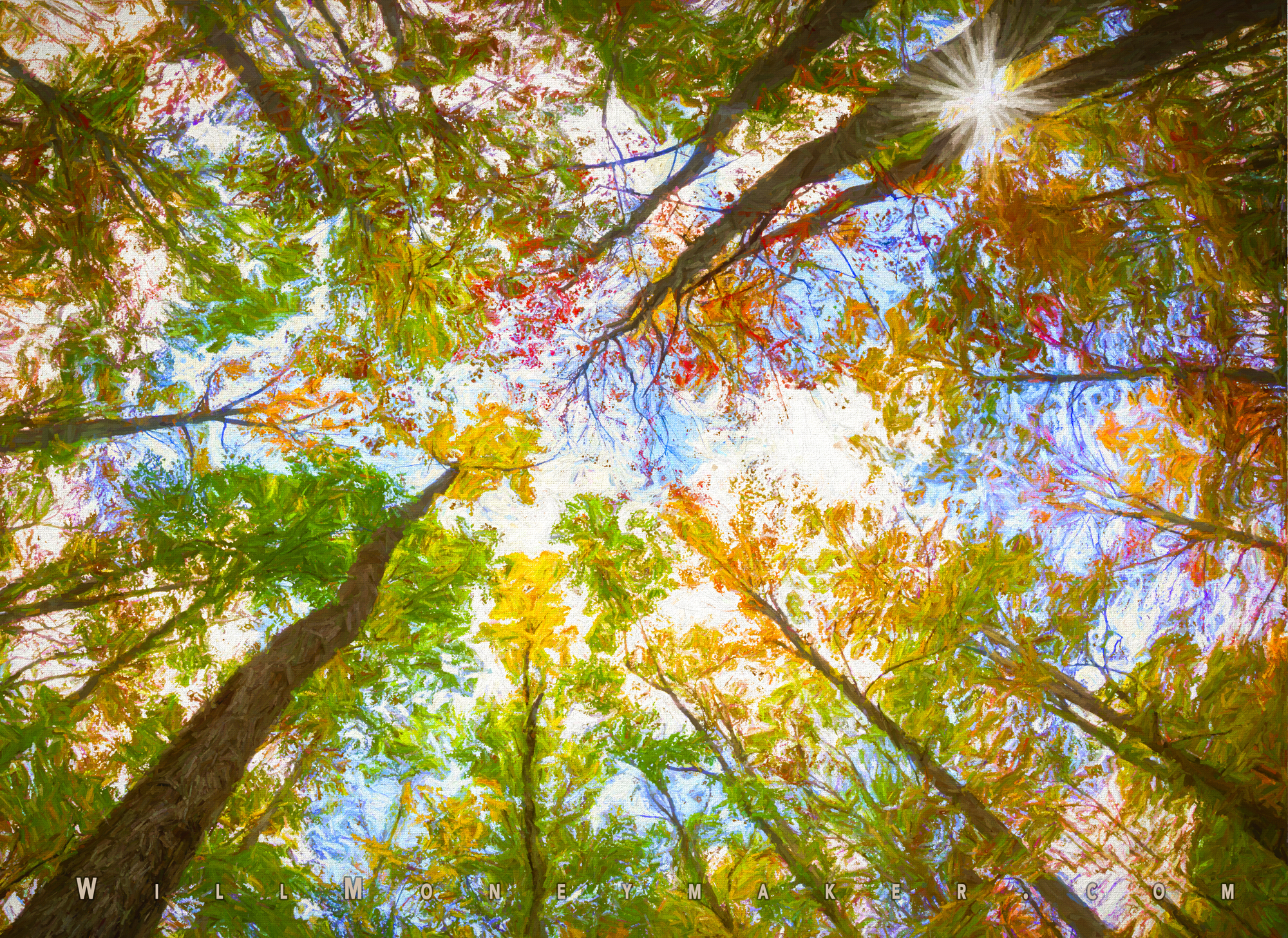Magic numbers rule the world, or so it seems. And I’m not talking about money, although I’m sure accountants and investors would beg to differ. Rather, I’m referring to numbers that are so commonly seen in design.
Within interior designing, for example, odd numbers are the magic numbers, with three being the most prominent, though designers will use five, seven, or nine, too. This might mean that when a designer is putting together a room, they may choose a dresser with three, five, or seven drawers. They might organize candles in a group of five on a dish. Or the composition they’re creating could be larger than that—a chair sitting next to an end table with a piece of art hanging above them to create a grouping of three.
These magic numbers are just as true in photography as they are anywhere else in the creative world, be it interior designing, architecture, or painting. Odd numbers are the magic numbers, and for evidence of that, look no further than the Rule of Thirds, which instructs us to divide a composition into threes and align elements along those lines to make it more visually interesting.
You can also sometimes see it in print sizes like 3×5 or 5×7, though I will admit, these magic numbers don’t seem to have as much sway in the world of prints and aspect ratios, not when you stop to consider that 8x10s are also a popular size. However, where compositions are concerned, the odd numbers really do seem to be the magic numbers.
Why is that?
Interestingly enough, there is quite a bit of science behind this. The human brain—and thus, our eyes—are naturally tuned to bring order to the information that we absorb. For that reason, we tend to prefer even numbers because even numbers are easily divided and easily grouped into patterns. Four is the number of sides of a square, and if you divide that number, you get another even number: two. But five? That makes a pentagon, a much more complex shape, and dividing it in half gives you two and a half—a more complex number. People prefer even numbers because odd numbers challenge us more.
That challenge is what makes odd numbers work to your advantage in photography. It’s not easy for the human eye to bring order to three, five, or seven, which means that when images include an odd number of elements, they hold our attention longer as we absorb and attempt to find a pattern in the information being given to us. Even-numbered compositions tend to be less visually interesting because they make our eyes move around in a circle to see each element, and then we’re finished with the experience.
Interestingly, this works not only with compositions but with groupings of images, too. Triptychs are more interesting than quadtychs—which are so rarely used that it meant Googling the name of a group of four images to remember what it was called.
There is one exception to this magic number rule, and that would be number two. Two is not a large enough number for us to recognize a pattern, and it’s not a number that tends to lead us through compositions, but two can still be interesting because it does tend to do one powerful thing, which is to present things in comparison and contrast. This could mean a comparison or contrast between two images, or between two elements within an image. When given the opportunity to compare and contrast, people will usually linger a little bit longer as they process and form opinions. It turns out that there really are magic numbers, and those numbers are mostly the odd ones, apart from two. Approach composition with these numbers in mind to help make compositions more visually interesting.
Now go and enjoy the beauty of God’s creation through your lens.




